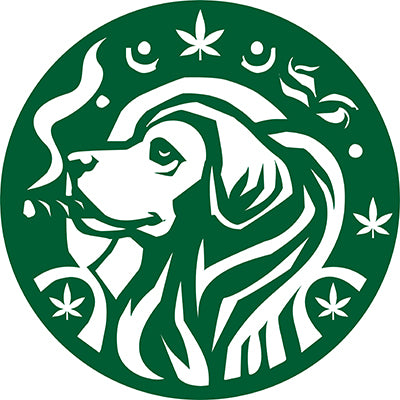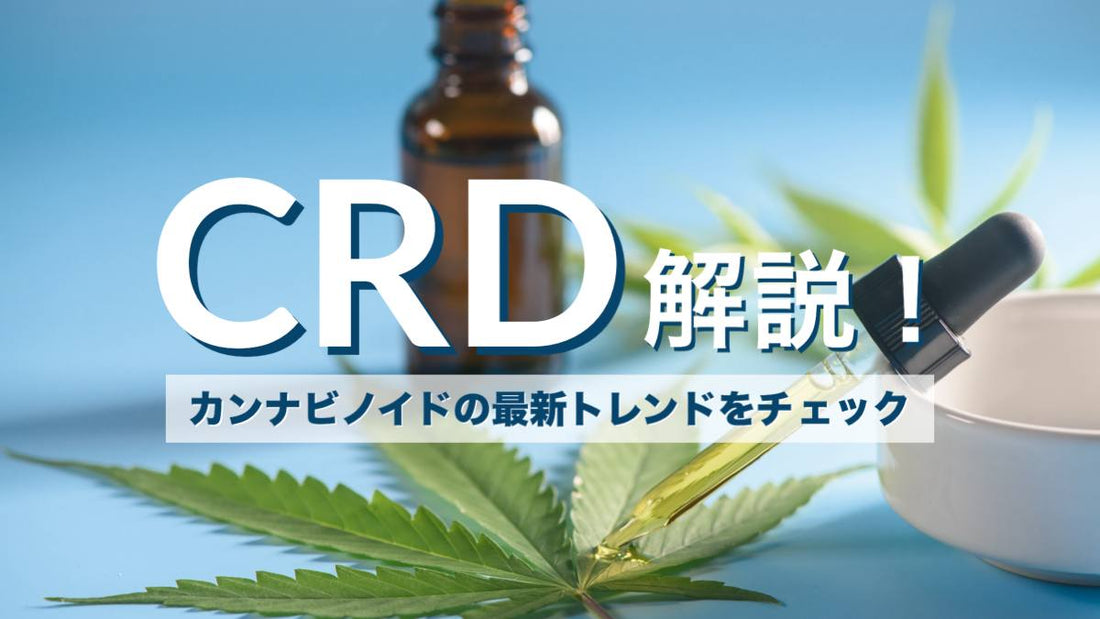What is CRD?

CRD stands for "Crystal Resistant Distillate" and is known as "Crystallization Resistant Distillate" in Japan. CRD is the name of a cannabinoid raw material, and unlike cannabinoid raw materials such as CBG and CBN, it has the property of being difficult to crystallize.
CRD definition and usage
The manufacturing process for CRD involves adding cannabinoids that are less likely to crystallize (e.g. CBC and CBT) to CBD. As a result, CRD works well with highly concentrated vapor liquids, allowing liquid products to stay fresh for long periods of time without changing their appearance or taste.
CRD is often used in liquid products such as oils and vapor liquids, and because it can be used in high concentrations without crystallizing, it can create products with strong effects.
Difference between CRD and CBD

The main differences between CRD and CBD are their resistance to crystallization and the ingredients. CBD has a tendency to crystallize, so there is a risk of crystallization when used in liquid products. On the other hand, CRD has the property of being difficult to crystallize, so it can be used at high concentrations without crystallizing.
In addition, CRD is made by adding cannabinoids that are difficult to crystallize to CBD, so it can exhibit a more entourage effect. The entourage effect is a phenomenon in which multiple cannabinoids and terpenes interact to produce more effective effects.
summary

CRD and CBD each have different properties, and it is important to use them properly depending on their purpose and effect.

